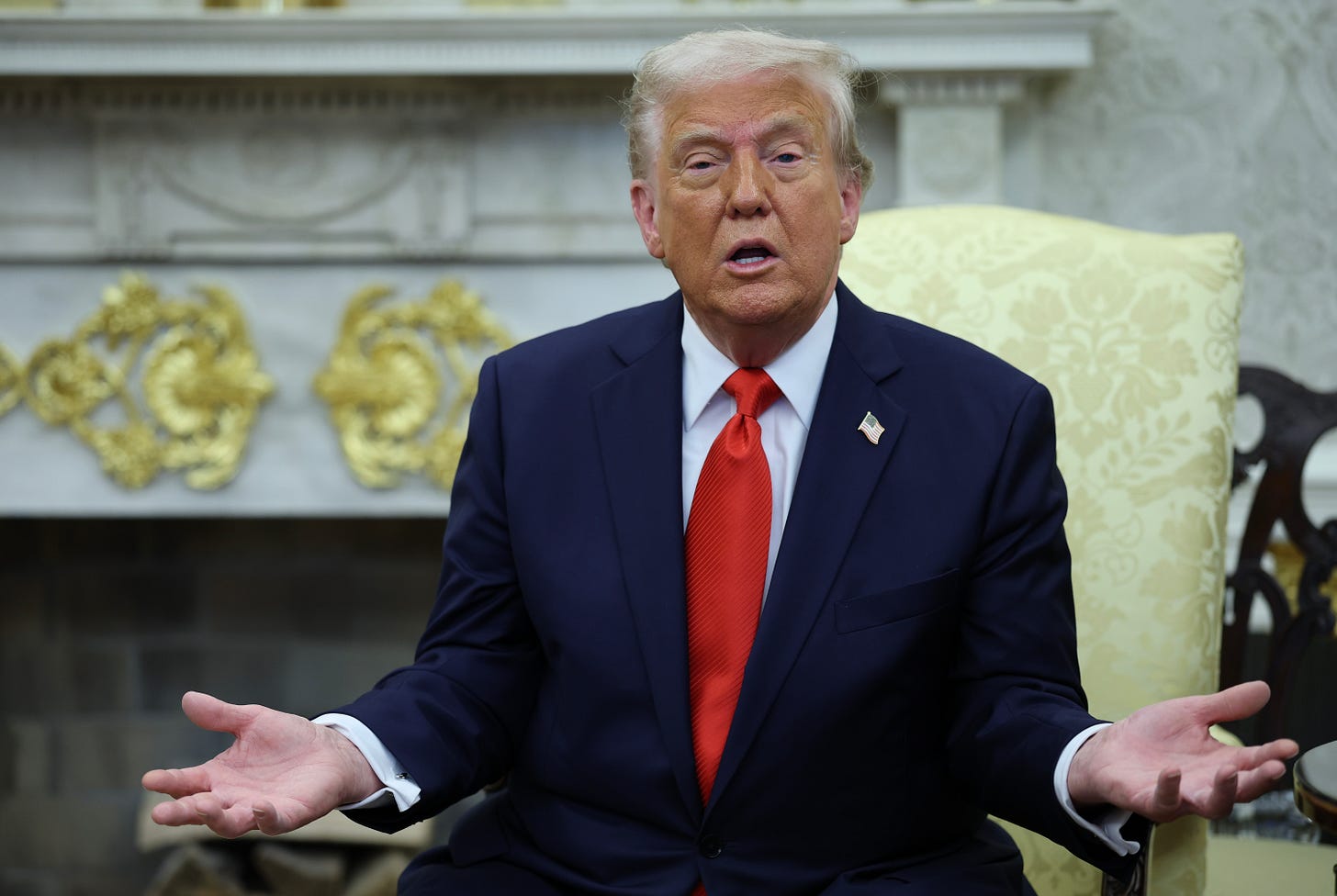Why Trump's Trade War Is Far from Over
The bond vigilantes stopped the US president in his tracks for now. But there's still a lot to be pessimistic about.

Spooked by last week's Treasurys selloff (on top of the stock market meltdown), President Donald Trump backed down – at least for now – from most of the new tariffs he had threatened to implement on roughly 60 countries. But while the markets may have won this battle, the trade war is far from over.
Trump's U-turn was significant, as the market reaction shows. Having seen the largest fall in the S&P 500 since 2020, we then witnessed the largest rebound since 2008. But, behind the scenes, many investors are concerned that we haven’t seen the end of the rout. Several are still predicting recessions this year, despite Trump’s U-turn.
Part of the reason for the ongoing pessimism is that plenty of tariffs remain in place. Imports to the US are still subject to the 10% base tariff. Up to a few weeks ago, such import duties would have been considered a deep shock to the global trade system. They are still going to have a significant impact on inflation and demand in the US, as well as export revenues for many US trading partners. While Trump is hoping to make deals with different nations, it’s also unclear what will happen after the 90-day pause on reciprocal tariffs (except for China), particularly if no agreements are in place.
But the big news is the dramatic step up in the trade war with China. Trump said last week that he was upping tariffs on Chinese imports to a staggering 125% (the White House later clarified that was on top of the 20% tariffs the president had already imposed on Beijing, bringing the minimum tariff rate to 145%) after China announced reciprocal tariffs on US imports. The impact of these tariffs will be considerable. Even as tensions have mounted between the two countries, trade between the US and China has remained significant, amounting to $585 billion last year alone.
All in all, the current tariff rate in the US is the highest it has been since the 1930s. Tariffs on this scale will spell chaos for US manufacturers, which import many of the inputs used in production from China. They’ll mean lower revenues for companies that export to China and higher prices for US consumers. The Chinese economy will also be hit. Export revenues will fall, and China’s retaliatory tariffs will push up the price of imports from the US, affecting the prices of everything from smartphones to soybeans.
Trump’s team appears to have belatedly realized this. The administration slipped out a note over the weekend announcing that the single largest Chinese import to the US – smartphones – would be exempt from tariffs. Other important imports, from electronic devices to semiconductors to solar cells, will also receive carveouts (though Trump officials signaled that such exemptions may only be temporary). And other countries that have large trade deficits with the US, from Vietnam to Thailand to Malaysia to Taiwan, will benefit from exemptions.
This is a quiet, but stark, turnaround from an administration that, just last week, was claiming that it would bring iPhone manufacturing back to the US (it’s also been managed very badly, as Paul Krugman points out in a recent piece on his Substack). It is becoming clear that Trump and his core team realize they have crossed a line. By all accounts, the architect of the trade war – Peter Navarro – is now being sidelined as the administration changes its tactics.
But even with Trump’s climb down, many investors remain pessimistic. While Trump U-turned on many of the tariffs he threatened to introduce last week, the damage wrought by this latest trade battle can’t be undone overnight. Trump’s erratic behavior has led to an increase in uncertainty, greater economic fragmentation, and the collapse of faith in the US-backed global trading system.


